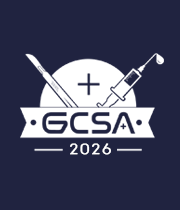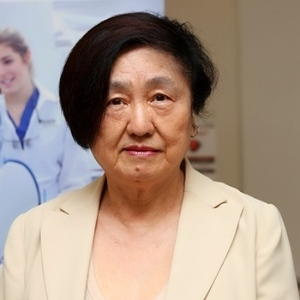Title : Importance of dentistrys role in cleft lip/palate management
Abstract:
Cleft lip and palate is a common congenital maxillofacial deformity. There is serious tissue defects with loss of maxillary bone segment and tissue displacement involved, affecting both appearance and function. This deformity causes major challenges because of associated problems, i.e. feeding, conduct disorder, high treatment cost, ear infection, hearing loss, language difficulty.The prevalence of cleft lip/palate is extremely high in N. America ,the average being 1/750- 1/1000. Prevalence varies among different countries and even within the same country among different ethnic groups.
With the advancement of science and technology, new surgical techniques and treatments greatly improve the effectiveness of treatment of cleft lip/palate. Current approach to cleft lip and palate treatment is beyond simple surgical repair; these include restoration of physical appearance and function, psychological problem, and changes in growth and development. Optimal management utilizing an integrated and collaborative/multidisciplinary approach is particularly important and is almost standard in US and Canada. This collaborative team involves: plastic surgeon, anesthesiologist, pediatric dentist, orthodontist, maxillofacial surgeon , dental surgeon , speech pathologist, audiologist, feeding nurse, pediatrician and otolaryngologist. The dental team involve the following disciplines; pediatric dentist, orthodontist, maxillofacial surgeon, and prosthodontist.
Cleft lip and palate sequential treatment approaches different growth stages with different therapeutic targets.
Neonatal period pursue physical appearance/functionality; prepubertal period guide dental arch form development and completion of alveolar bone graft; puberty aims at the improvement of function; orthognathic surgery repair takes place following growth and development completion.
With respect to the various dental specialties the following are their roles in the treatment of cleft patients.Maxillofacial surgeon: Performs secondary alveolar bone grafts,combines effort with the orthodontist to correct facial skeletal deformities, augments bone and places implants with the prosthodontist. Prosthodontist: Coordinate with the orthodontist and surgeon during treatment planning, Replace missing teeth, Restore esthetics, Assure longevity of functional dentition. Orthodontist: Works with the pediatric dentist in the mixed dentition, Guidance for the permanent occlusion and maxillofacial complex,Treats the permanent dentition, Develops the plan for orthognathic surgery with the oral & maxillofacial surgeon and the prosthodontist. Pediatric Dentist: Serves as Patient plus Parent advocate in Infancy & mixed dentition phase treatment , as a Dentist provide unique perspective of the whole child brings responsibility for preparation of early and overall dental treatment plan (with the team); then, its integration and implementation
This program was initially introduced to China in 1999 through multiple exchange programs with Canada and the US starting at the Guangzhou Children’s Hospital. Later this was followed by Harbin Children’s hospital, Qinghai Children’s Hospital, Beijing Children’s Hospital and the Chongqing University Children’s Hospital. Up to now there has been an impressive treatment load of over 10,000 children at the Guangzhou maternal & child health center /Children’s hospital alone.
With the current high prevalence of cleft lip/palate in the whole world and most of the treatment have only been rendered by short term surgical programs that are not sustainable. It generally only tackles the surgical aspect but does not address the other needs of the patient. The comprehensive program described here can set an example toward achieving more optimal and sustainable results in the treatment of this problem.



